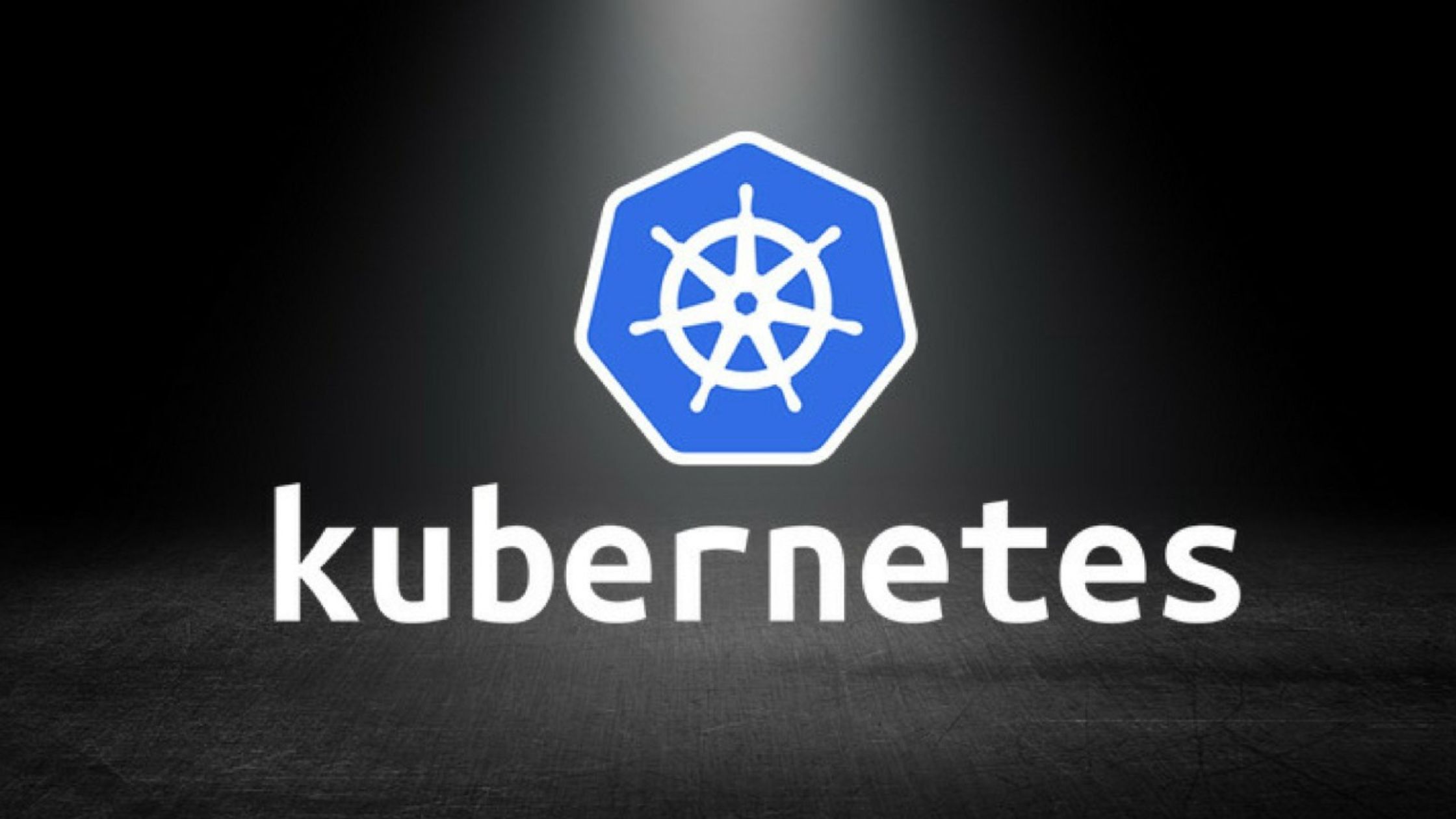In today’s competitive job market, professional certifications have become a cornerstone for career advancement. Among the numerous certifications available, PSI Insurance Certification stands out as a vital credential for individuals looking to make a mark in the insurance industry. This certification not only validates your knowledge but also opens doors to a variety of roles in the ever-growing insurance sector.
What is PSI Insurance Certification?
PSI Insurance Certification is a standardized qualification designed for aspiring and seasoned professionals in the insurance field. Administered by PSI, a leading provider of workforce assessment solutions, this certification evaluates a candidate’s proficiency in insurance principles, policies, and practices. Whether you're aiming to work in underwriting, claims management, or sales, this credential helps you build credibility and demonstrate your expertise to employers.
Why Pursue PSI Insurance Certification?
1. Industry Recognition
Earning the PSI Insurance Certification showcases your commitment to professional development and industry excellence. It is widely recognized by employers as a testament to your skills and understanding of insurance processes.
2. Career Advancement
Possessing this certification can give you a competitive edge in the job market. Many companies prefer certified candidates for specialized roles, such as insurance analysts or risk managers, which often come with higher salaries and better growth prospects.
3. Comprehensive Knowledge
Preparing for the PSI Insurance Certification equips you with in-depth knowledge of insurance principles, including underwriting, claims handling, and regulatory compliance. This makes you a well-rounded professional capable of tackling complex challenges in the field.
4. Networking Opportunities
Becoming certified connects you with a network of industry professionals. This can lead to mentorship opportunities, collaborations, and insights into the latest trends and best practices in insurance.
Steps to Obtain PSI Insurance Certification
Step 1: Understand the Requirements
Before you begin, familiarize yourself with the eligibility criteria and exam structure. The PSI Insurance Certification typically requires candidates to meet specific educational or professional prerequisites. Ensure you have the necessary qualifications before applying.
Step 2: Register for the Exam
Visit the PSI website to register for the certification exam. You’ll need to provide your personal details, pay the examination fee, and select a suitable test date and location.
Step 3: Prepare for the Exam
Effective preparation is key to passing the PSI Insurance Certification exam. Utilize study guides, practice tests, and online resources to cover the exam syllabus thoroughly. Enrolling in preparatory courses or workshops can also provide valuable insights and strategies.
Step 4: Take the Exam
On the scheduled date, ensure you arrive at the test center with all required documentation. The exam typically consists of multiple-choice questions designed to assess your knowledge of core insurance concepts and practical applications.
Step 5: Earn Your Certification
Upon passing the exam, you will receive your PSI Insurance Certification. This credential can be added to your resume and professional profiles, signaling your expertise to potential employers.
Preparing for Success
Achieving the PSI Insurance Certification requires dedication and a strategic approach. Here are some tips to help you succeed:
- Create a Study Plan: Allocate specific times for study and stick to your schedule. Consistency is crucial.
- Practice Mock Exams: Familiarize yourself with the exam format and time constraints by taking practice tests.
- Join Study Groups: Collaborate with peers who are also preparing for the certification. Sharing knowledge can enhance your understanding of complex topics.
- Seek Professional Guidance: Enroll in coaching programs or workshops led by experienced insurance professionals.
Career Opportunities with PSI Insurance Certification
The insurance industry offers a wide range of career paths, and the PSI Insurance Certification can act as a gateway to many of these roles. Some potential job opportunities include:
- Insurance Underwriter: Assess risks and determine policy terms for clients.
- Claims Adjuster: Investigate and resolve insurance claims efficiently.
- Risk Analyst: Identify potential risks and recommend mitigation strategies.
- Insurance Sales Agent: Help clients choose insurance policies that meet their needs.
Employers value certified professionals for their ability to handle responsibilities with confidence and competence, making this certification a valuable asset for long-term career growth.
Staying Relevant in the Industry
Earning the PSI Insurance Certification is just the beginning of your journey. To stay competitive in the ever-evolving insurance landscape, consider the following:
- Pursue Advanced Certifications: Building on your PSI certification with advanced credentials can further enhance your expertise.
- Stay Updated: Regularly update your knowledge of industry trends, regulations, and technologies.
- Attend Industry Events: Participate in conferences, seminars, and webinars to network with professionals and learn from experts.
- Leverage Technology: Familiarize yourself with the latest tools and software used in the insurance sector.
Conclusion
The PSI Insurance Certification is a valuable credential that not only validates your skills but also paves the way for numerous career opportunities in the insurance industry. By earning this certification, you demonstrate your commitment to excellence and position yourself as a credible professional. Whether you’re just starting out or looking to advance your career, this certification can be the stepping stone to achieving your goals. Begin your journey today and unlock the potential of PSI Insurance Certification to transform your professional future.


